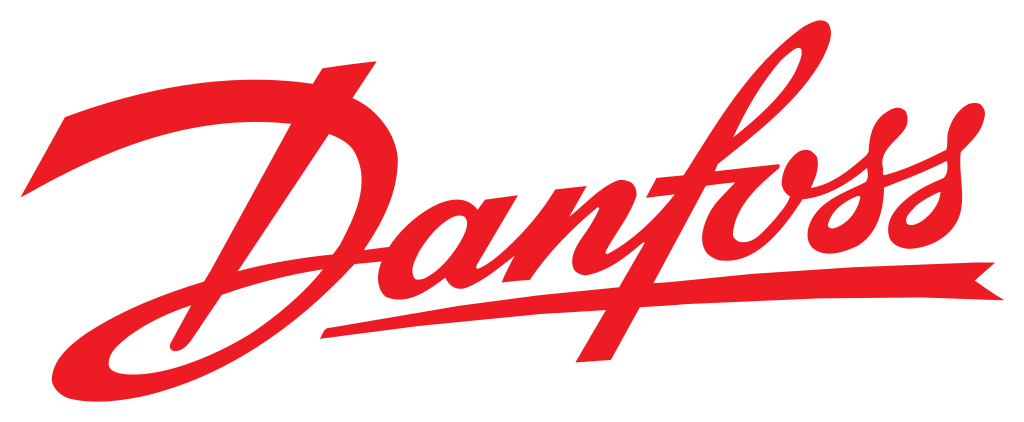Recent Posts
Connect to Us
Danfoss
About Danfoss
 Danfoss engineers technologies that enable the world of tomorrow to do more with less.
Danfoss engineers technologies that enable the world of tomorrow to do more with less.
We meet the growing need for infrastructure, food supply, energy efficiency and climate-friendly solutions. Our products and services are used in areas such as refrigeration, air conditioning, heating, motor control and mobile machinery. We are also active in the field of renewable energy as well as district heating infrastructure for cities and urban communities.
Our innovative engineering dates back to 1933 and today Danfoss is a world-leader, employing more than 25,000 employees and serving customers in more than 100 countries. We are still privately held by the founding family. More information: www.danfoss.com
In Poland, Danfoss has seven factories in Grodzisk Mazowiecki, Tuchom, Warsaw, Koleczkowo, Żelazkowo, Wroclaw and Bielany Wroclawskie. Total employment in Poland is on the level of 1700 people. More information: www.danfoss.pl
Why we sponsor the C4E Forum
In a world challenged by a growing population, booming urbanisation and the clear issues surrounding climate change, energy efficiency should be in the centre of the debate. It is key to ensuring a safe, reliable, affordable and sustainable energy system for the future.
We decided to sponsor the C4E Forum because energy efficiency is at the core of our company. We strongly support the idea of creating a community around this topic to enable sharing of knowledge, experience and views on the so-called hidden fuel.
Contact Danfoss
Website: www.danfoss.com
Email: karolina_barcewicz@danfoss.com
Twitter: @Danfoss @DanfossPoland
Danfoss workshop at C4E Forum 2018
Title: Wake up a sleeping giant – optimising controls of energy flows in buildings
Friday (15 June) – 14.oo-15.oo – Bug+San room
Short description: The potential of optimised controls of energy flows in space heating, ventilation and cooling systems has long been neglected, but the new EPBD emphasises the role of technical building systems (TBS) in improving energy performance, health and comfort in buildings.
For the long-term goal of decarbonized buildings and reducing air-pollution, optimising energy use of TBS presents a no-regret option that delivers significant savings over time without lock-in effects: Cumulated CO2 emissions from buildings could be reduced by 400-800 MtCO2 until 2030. The average final energy savings through optimisation is up to 30%.
Danfoss will show how basic, well-known technologies with capital-light investment and fast payback like individual room temperature controls and automatic hydronic balancing add up to the huge savings potential and how they ensure that the actual energy performance resulting from deeper renovation matches expectations of investors. When these systems aren’t set up properly, even more energy is required – leading to higher bills and increased CO2 emissions.
Now the ball is in the field to make the most out of the new approach in the EPBD. We would like to explore with you, how policy and market can support to leverage the TBS optimisation potential in Central & Eastern Europe?
Short outline:
Setting the scene
• Introducing the state of technical building systems in CE
• Showing the interrelation of controls with heating generator and building envelope
The opportunities
• Findings of the Ecofys study
• Danfoss report on Air quality in Poland reference cases from CE
• Present the related provisions in new EPBD
The challenges
• Expose the still missing dimensions in building policies and market failures
Discussion
• How can the implementation of the revised EPBD effectively support to leverage the potential of optimized TBS?
• How can a market and regulatory framework support that the three pillars of energy efficiency (heat generator, controls, envelope) in buildings are mutually reinforcing, for an “optimal” path to 2050 objectives?
Gathering of recommendations and closing remarks
Targeted audience:
Policy makers that are key for implementing EPBD, multipliers: stakeholders, NGOs, Research
Speakers (PROPOSALS):
- F. Salmov, Ministry of Regional Develompent and Public Works, Bulgaria
- Szymon Firląg, BPIE, Warsaw University of Technology
- Adrian Joyce, EuroACE
- Aleksandra Stepniak, Danfoss Poland
Moderator:
Alix Chambris, head of EU public affairs at Danfoss
Take aways for participants:
• Better understanding of the benefits and potential of optimising energy use of technical building systems for CE and understand consequences of doing nothing
• Better understanding of supportive policies, remaining barriers and gaps
• Increase holistic thinking about the complementary of optimising all three pillars of energy efficiency in buildings (see graph)